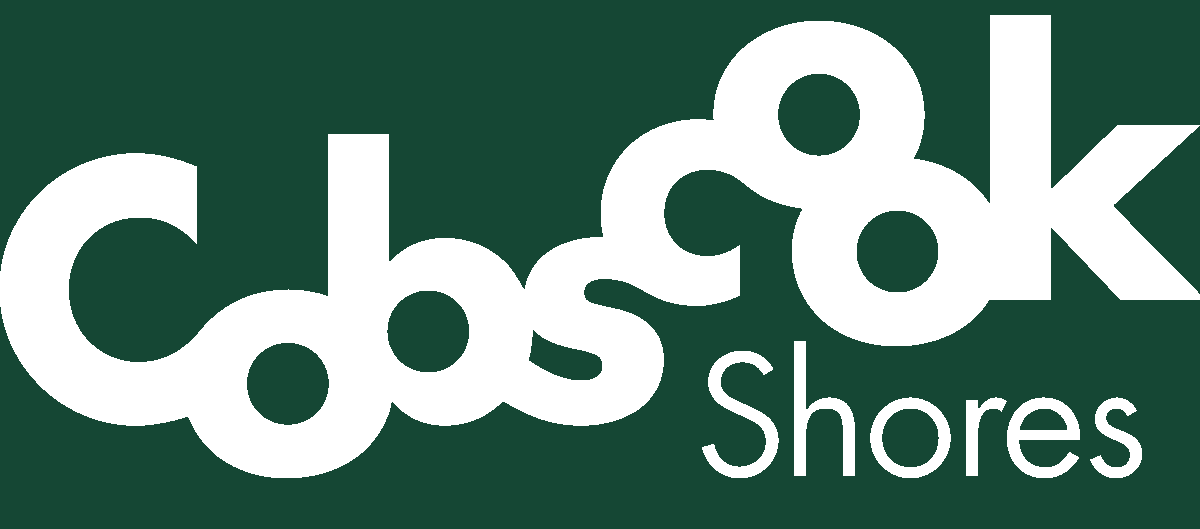About the Cobscook Bay Region
Cobscook Bay-
Cobscook Bay, with its tides, cold nutrient-rich waters, and convoluted shoreline provides an incredibly rich habitat for a diversity of plants and animals. The waters and intertidal areas support shellfish and other invertebrates, many fish species, eagles, ospreys, and seals.
The varied and productive intertidal zone of Cobscook Bay is home to a thriving, diverse population of invertebrates. The Bay’s high tides provide open water through the winter, sheltering geese and ducks from winter storms. Tidal creeks and salt marshes create rich habitat for year-round and migrating shorebirds.
The Pennamaquan, Dennys, and Orange Rivers, a key part of the ecosystem, feed fresh water into the bay, and provide spawning grounds for Atlantic salmon and alewives. Conservation groups are working to improve fish access to these rivers.
For thousands of years, the Passamaquoddy people and other residents of the nine communities that ring its shores have made their living from the bounty of Cobscook Bay. An important part of protecting and preserving the special nature of the Bay is providing access for and sustaining traditional economic and recreational activities.
Bold Coast-
Stretching from West Quoddy Head to the fishing community of Cutler, Maine’s Bold Coast is shaped by millenia of relentless waves and fierce storms. Its dramatic granite cliffs, pocket coves, and cobble beaches provide habitat for ravens and nesting seabirds. Off shore, seals, porpoises, humpback, finback, northern right, and minke whales feast in the rich waters flowing in and out of the Bay of Fundy.
Inland from the rugged shore, coastal peatlands, known as bogs or heaths, support a variety of specialized plants including many found in alpine or sub-arctic habitats. Maritime spruce-fir-larch forests, home to more than 200 species of birds, are shaped by the cool, often foggy weather generated by the cold waters and strong currents along the Bold Coast.
Many residents of the Bold Coast make their living lobster fishing in these rich waters. Cliff-top hiking trails and remote campsites provide a memorable experience for visitors.
History of Lubec-
The fish and shellfish of Cobscook Bay have been part of the livelihood of local residents for thousands of years. The Atlantic herring (Clupea harengus) has been one of the most important species harvested and processed around Cobscook Bay.
By the 1960s overfishing caused herring stock to decline dramatically. Since then, careful management of the fishery has restored populations to a healthy level.
Today, wild-caught Atlantic herring is considered a smart seafood choice because it is sustainably managed and responsibly harvested under U.S. regulations.
Processing herring has been a part of the economy in Lubec for generations. Harvested from boats and weirs along the shore, herring were originally preserved by smoking. By the mid-1800s, the smoked herring business employed almost every male resident over the age of 10 in Lubec.
In 1880, the first sardine (small her-ring) cannery was built in North Lubec. By 1900, 23 sardine factories had been constructed in Lubec, supported by can factories. Men, women, and children all worked in the factories when demand for workers was high.
Because availability and demand for smoked and canned herring fluctuated, the economy of Lubec was a bit of a rollercoaster. More significant change came in the late 20th century. The last cannery closed in 1990 and the last smoke- house in 1991.
Today, lobster and shellfish are the focus of Lubec’s fishing industry.
